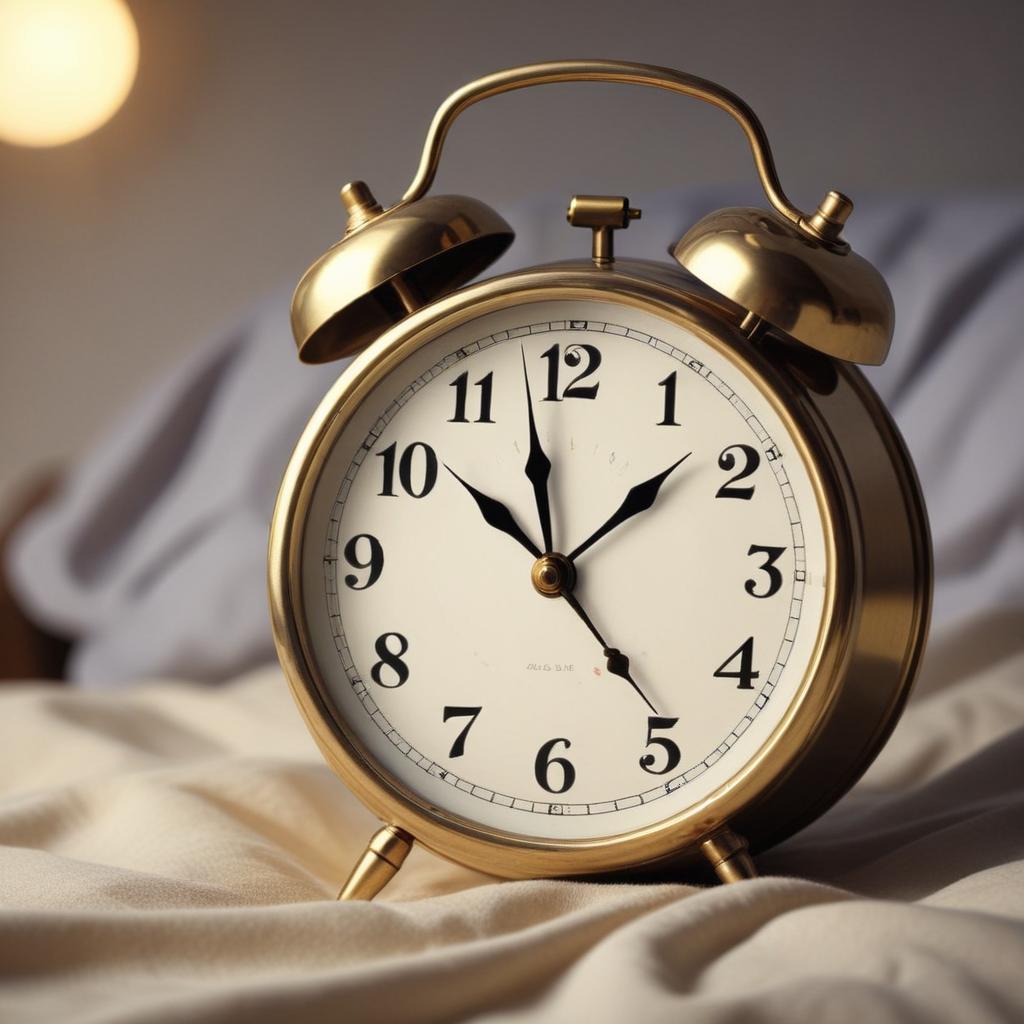As most of America 'falls back' into standard time, gaining an hour of sleep, experts warn that the twice-yearly clock changes disrupt our natural circadian rhythms. New research and health organizations advocate for permanent standard time, citing improved health outcomes by aligning with human biology. Learn how to adjust and why this ritual might be doing more harm than good.
This Sunday, most of America will 'fall back' an hour as daylight saving time ends, offering an extra hour of sleep. However, this seemingly beneficial change comes with health implications. Health groups like the American Medical Association and American Academy of Sleep Medicine, supported by new Stanford University research, advocate for adopting permanent standard time. They argue that switching clocks twice a year, especially the spring forward, disrupts our circadian rhythm – the body's natural 24-hour cycle governed by light and darkness. This disruption can negatively impact sleep, heart rate, metabolism, and even lead to increased car crashes and heart attacks in the days following the spring change. While some easily adjust, others, including shift workers and those with seasonal affective disorder, struggle. Morning sunlight is crucial for resetting the body's internal clock. The article explains how light exposure sets our master brain clock and the cascade of effects when it's out of sync. It also notes that most countries don't observe daylight saving time, and in the U.S., Arizona and Hawaii remain on standard time. Despite a bill in Congress (Sunshine Protection Act) proposing permanent daylight saving time, experts largely favor permanent standard time for better alignment with human biology. Tips for adjusting include gradually shifting bedtime and prioritizing morning sun exposure.



